With Riverside Studios reduced to rubble, one of the first tasks for TFI’s producers was to find a replacement home for the anniversary special.
The promos for the anniversary episode of TFI Friday have made light of the fact that the programme’s original home, Riverside Studios, has recently been demolished.
For the show’s production team, however, the closure of the Hammersmith facility was one of the first hurdles they had to overcome after the decision was made to reboot the show.
Producer Clare Barton, who along with Chris Evans, Danny Baker, Suzi Aplin and Will Macdonald is part of the original production team, described the loss of the “iconic” Riverside Studios in Hammersmith as “a big blow”.
Along with Riverside’s temporary closure, several other London studios, such as Television Centre and Wimbledon Studios have closed or been taken off the market. But given the particular demands of TFI, the lack of ‘proper’ studio space wasn’t really part of the problem.
From the original opening titles, which swooped down the Thames before banking sharply at Hammersmith Bridge and veering towards the studio, to the gantry surrounding the band’s stage, the bar area and the behind-the-scenes skits, the studio formed part of the character of the show.
“We had a lot of conversations about how we could recreate the TFI world in a studio, but TFI was a very honest show and we felt that editorially it just wouldn’t have been right to go somewhere like The London Studios and rebuild the old setup,” says Barton.
Given Riverside’s location, the production team was initially drawn to water in its search for a new setting. They scoured the Thames, looking at riverside pubs, bars and warehouses, before deciding that what was more important than a waterside site was the sense of internal geography that the old studio conveyed so well.
“We weren’t looking for a carbon copy of the old place, but Chris quite rightly liked the intimacy of the bar area for interviews and the iconic walkway that guests walked along, so that narrowed the search down a lot.”
It also needed to be in central London, because of the guests and capable of accommodating an outside broadcast operation.
After looking at some 30 different venues they eventually settled on a shortlist of two.
“We nearly went to a place in Wapping, an old hydraulic factory that had the sense of geography we were looking for but it felt as though it was in no man’s land. So we opted instead for the Cochrane Theatre in the Central School of Art & Design (now Central St Martin’s) building, which couldn’t be more central.”
“Suzie [Aplin] and I walked in and straightaway had a sense of how it could work,” says Barton. “It’s not quite as big [as Riverside] but has echoes of the old place. We did have to knock out the old theatre lighting gallery to create a balcony and build a gantry to create the physical and geographical link.”
Barton estimates that from securing the Central St Martins location to completing the technical fit out took around six weeks.
But it’s by no means the perfect location; with a lack of space at the rear of the venue to park a scanner, Transport for London had to grant permission outside broadcast provider Arena to park in a bus lane.
TFI is using the building’s theatre space, which has the all-important bar area but perhaps more importantly features a large curved glass window next to Evans’ desk that looks out on to Southampton Row and provides a “window to the world”.
“We didn’t want those who grew up with and love TFI not to recognise it. The design has been influenced by the colour palette of the original show, and the walls have been decorated with images of the old TFI. It’s about moving on but not alienating people.”


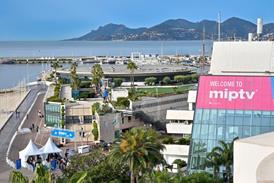









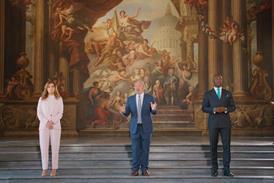
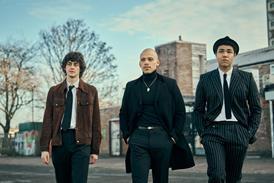
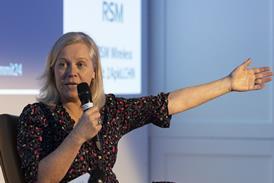

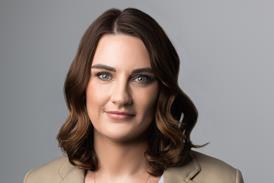
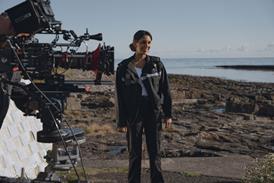







No comments yet